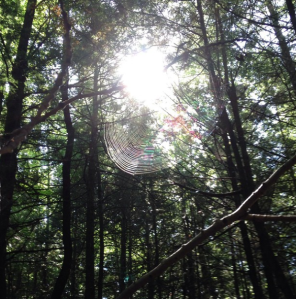I had the realization this summer that for someone who spends a lot of time outside, I don’t know a lot about plants. Mammals, yes. Birds, somewhat. Fish and reptiles, a little. But all things green and leafy? Not so much. I can recognize a berry bush when I see one (can you tell where my priorities lie?), but beyond that, I’ve always been sort of… meh about vegetation. If I’m being completely honest, I’ve tended to find plants fairly boring, and have eschewed studying them in favour of the more exciting two- and four-legged organisms that rely on them.
This started to change a little bit when a good chunk of my job became helping one of my supervisor’s grad students with sampling vegetation associated with flying squirrel captures. While I’m still fairly clueless, terms like DBH and decay class are now part of my vocabulary. I can distinguish between different species of maple, ash, oak, and pine (at least, most of the time), and I know the difference between herbaceous plants, bryophytes, and lichens. And as I am with most things, once I’ve learned a little, I want to know a lot more.
In an effort to increase my knowledge of the things that grow where I live and work, I bought a guide to wildflowers off the Internet (the ROM Field Guide to Wildflowers of Ontario, to be specific). Why wildflowers? Well, they’re pretty, and probably easier to identify for a beginner than shrubs or mosses, but they also have their more tangible uses for someone interested in herbal remedies and dyeing fibres, like I am. Unfortunately this book doesn’t list the edibility or medicinal uses of the flowers as the authors believe that no plant should be taken from the wild, but the guide’s layout and scientific approach appeal to me, and the information it contains can always be supplemented with the Internet.
So far I’ve taken the guide to Algonquin Park and near to London, ON for work, to a cottage on Silver Lake that my parents were renting, and just around my neighbourhood here in Peterborough. I’ve finally learned the names of many flowers I’ve known by sight since I was young (cow vetch, Philadelphia fleabane, chicory, horned trefoil, bladder campion, to name just a few), discovered some that I’ve heard of but didn’t know grew in the area (eg. St. John’s wort, bearberry, evening-primrose), and stumbled across a few that aren’t so common (eg. wood-poppy, which is endangered in Ontario). Flowers are actually so cool! For example, the Indian-pipe plant, Monotropa uniflora, entirely lacks chlorophyll, and relies on the fungus with which it maintains a mycorrhizal relationship to supply its nutrients.
Taking the field guide with me on a walk in search of flowers forces me to slow down and observe. It’s like a special kind of scavenger hunt with all kinds of surprises along the way that I wouldn’t have seen if I wasn’t kneeling in the dirt with my face at the level of a blossom or leaf. I love the challenge of a particularly tricky identification, the satisfaction of figuring it out, and the awareness that the plants growing around us have so much to offer, physically and aesthetically, if we’d only learn how to recognize and use them (respectfully and sustainably, of course!).
![IMG_4045[1]](https://samanthajmorin.files.wordpress.com/2016/08/img_40451.jpg?w=820) Wood lily near Petroglyphs Provincial Park.
Wood lily near Petroglyphs Provincial Park.
![IMG_4137[1]](https://samanthajmorin.files.wordpress.com/2016/08/img_41371.jpg?w=820) Knapweed in Dutton, near Port Stanley.
Knapweed in Dutton, near Port Stanley.
![IMG_4154[1]](https://samanthajmorin.files.wordpress.com/2016/08/img_41541.jpg?w=820) Sweet pea at Lac-Notre-Dame, near Wakefield, QC.
Sweet pea at Lac-Notre-Dame, near Wakefield, QC.
![IMG_4158[1]](https://samanthajmorin.files.wordpress.com/2016/08/img_41581.jpg?w=820) Rough-fruited cinquefoil, at Lac-Notre-Dame, near Wakefield, QC.
Rough-fruited cinquefoil, at Lac-Notre-Dame, near Wakefield, QC.
The flowers in the featured photo are common yarrow, ox-eye daisy, tall buttercup, bladder campion, heal-all, and grass-leaved goldenrod.
Note: It should go without saying, but I thought I should add a disclaimer that I primarily identify plants in situ without disturbing them and take pictures if I don’t have the book on me or need to Google. If I do pick a plant, I make sure that it isn’t rare or at-risk, I only take the part that I’m going to use (i.e. for tea or dye) so that the plant can regenerate itself, I never pick on private property without permission, and I take care not to decimate an area entirely of the plant.



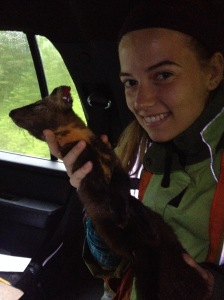
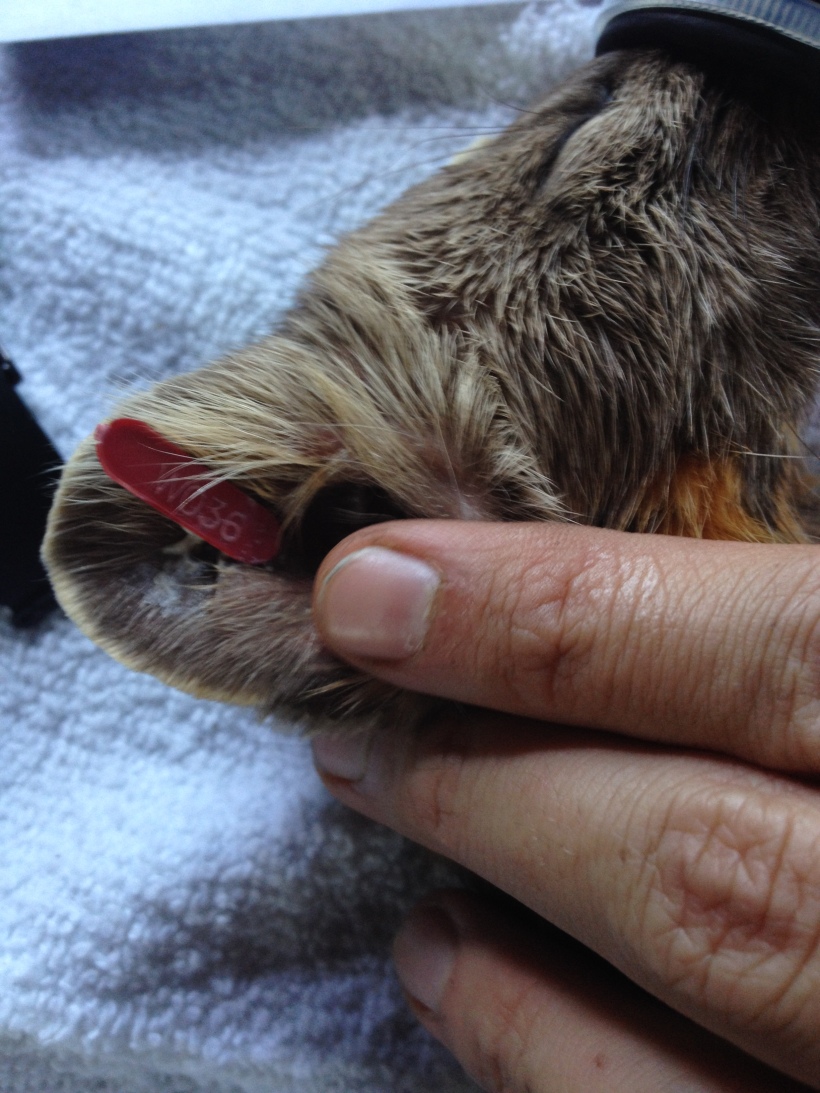
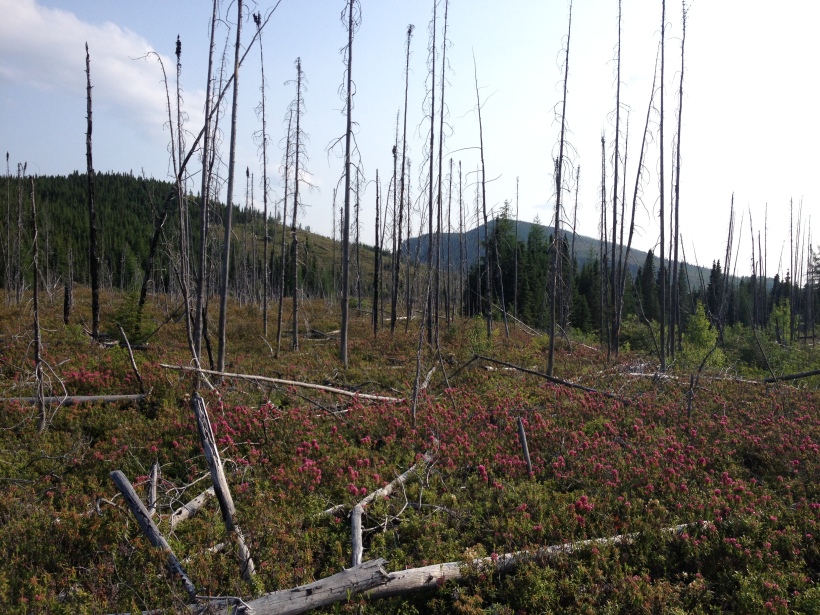
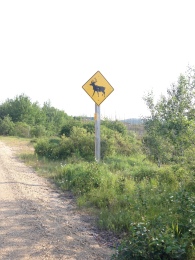
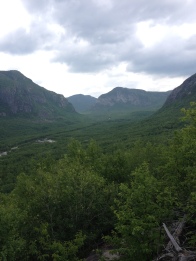
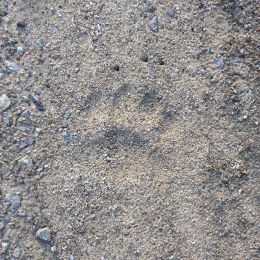
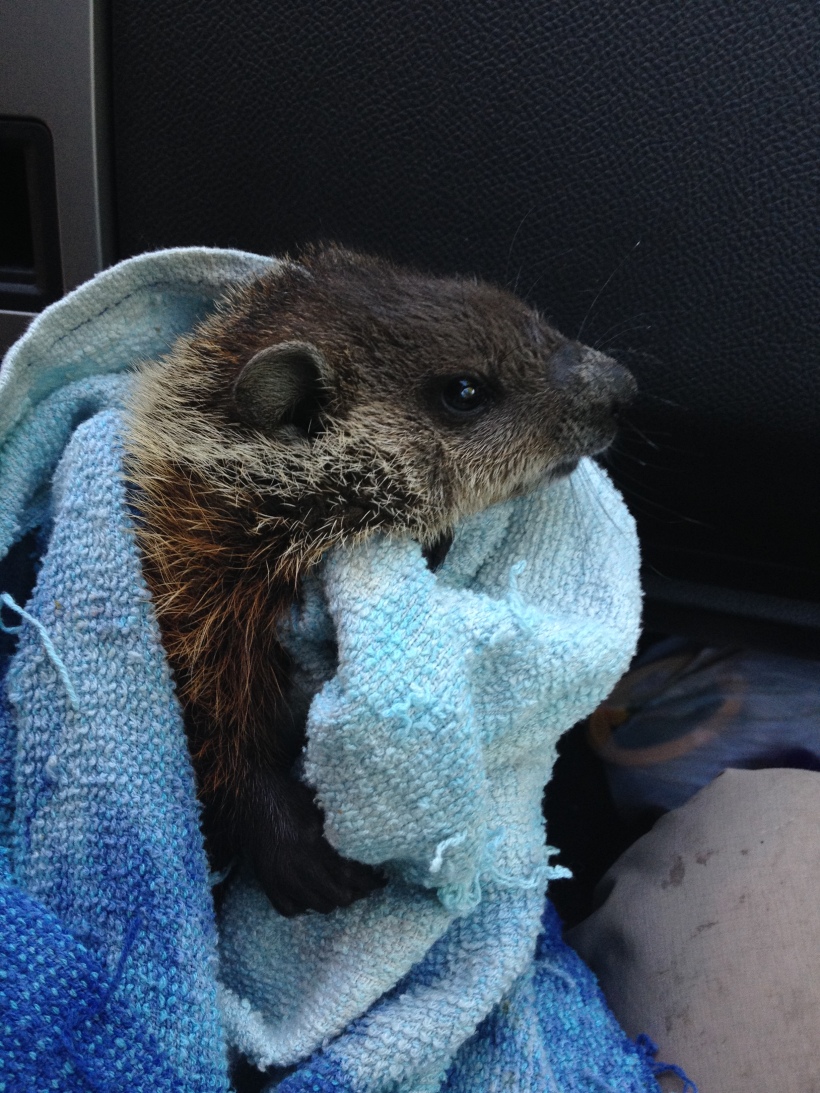
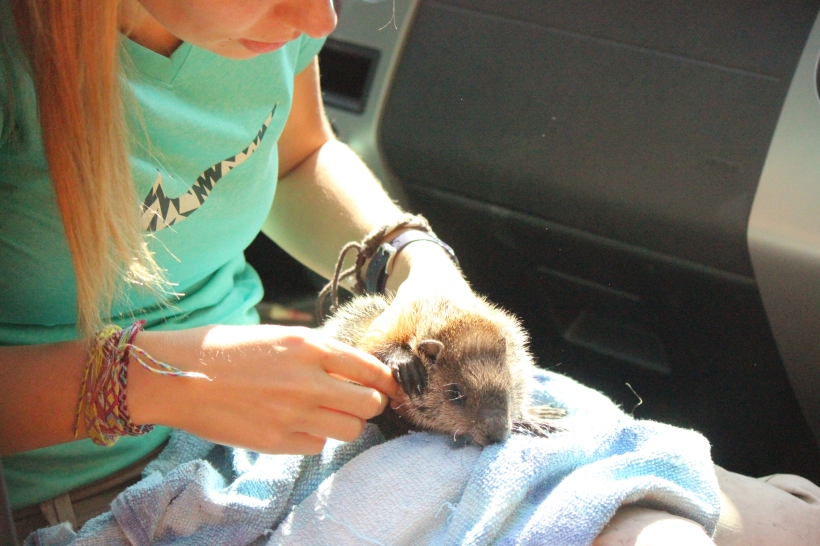 (Photo creds to Benjamin Larue for this one)
(Photo creds to Benjamin Larue for this one)![IMG_3084[1]](https://samanthajmorin.files.wordpress.com/2015/08/img_30841.jpg?w=820)
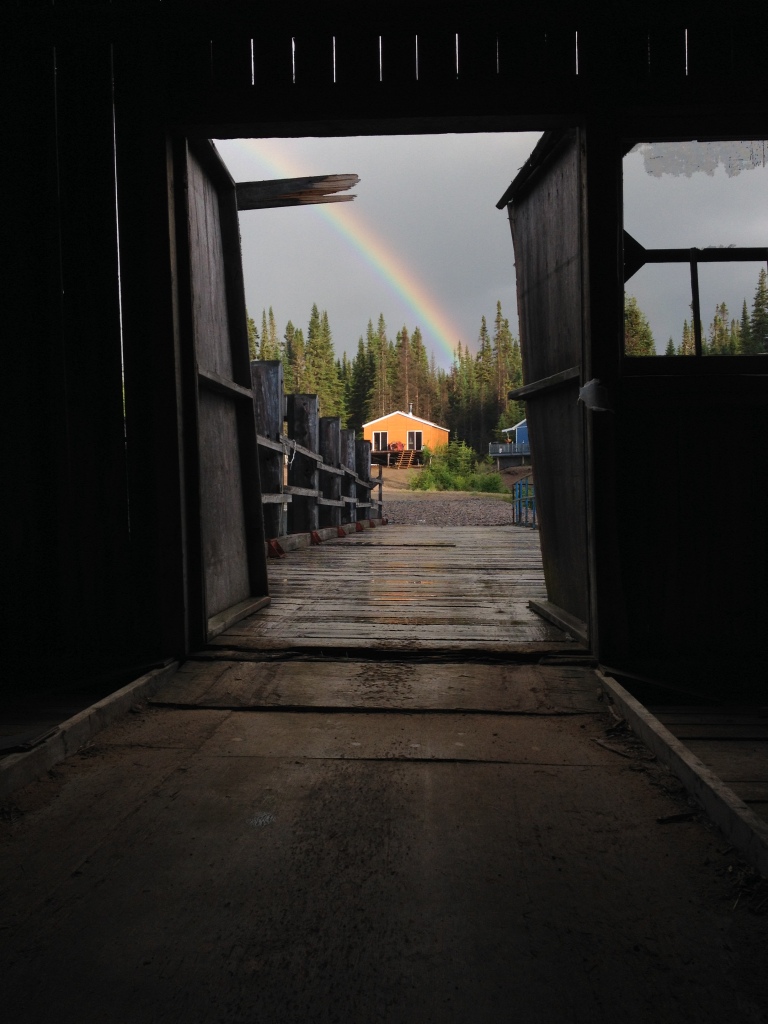
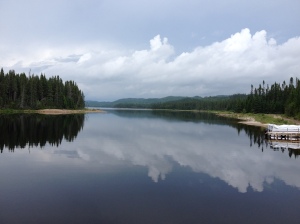
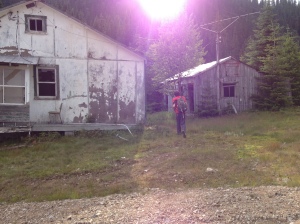
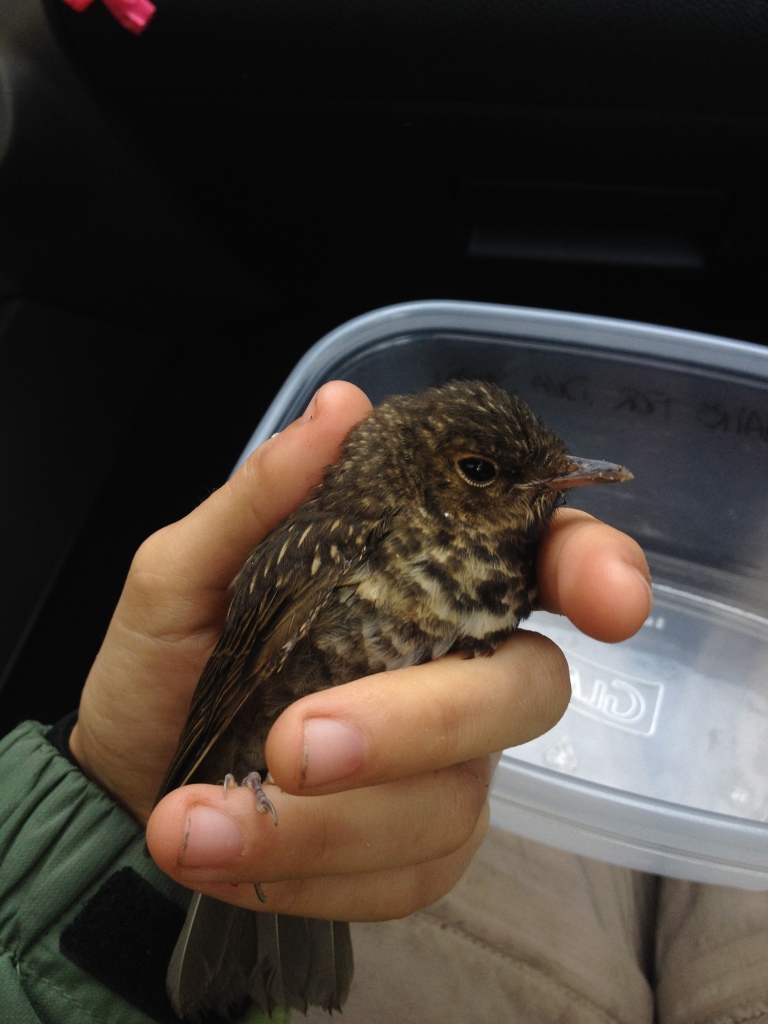
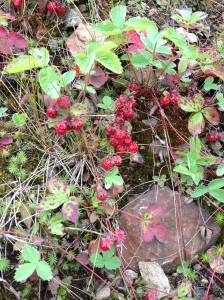
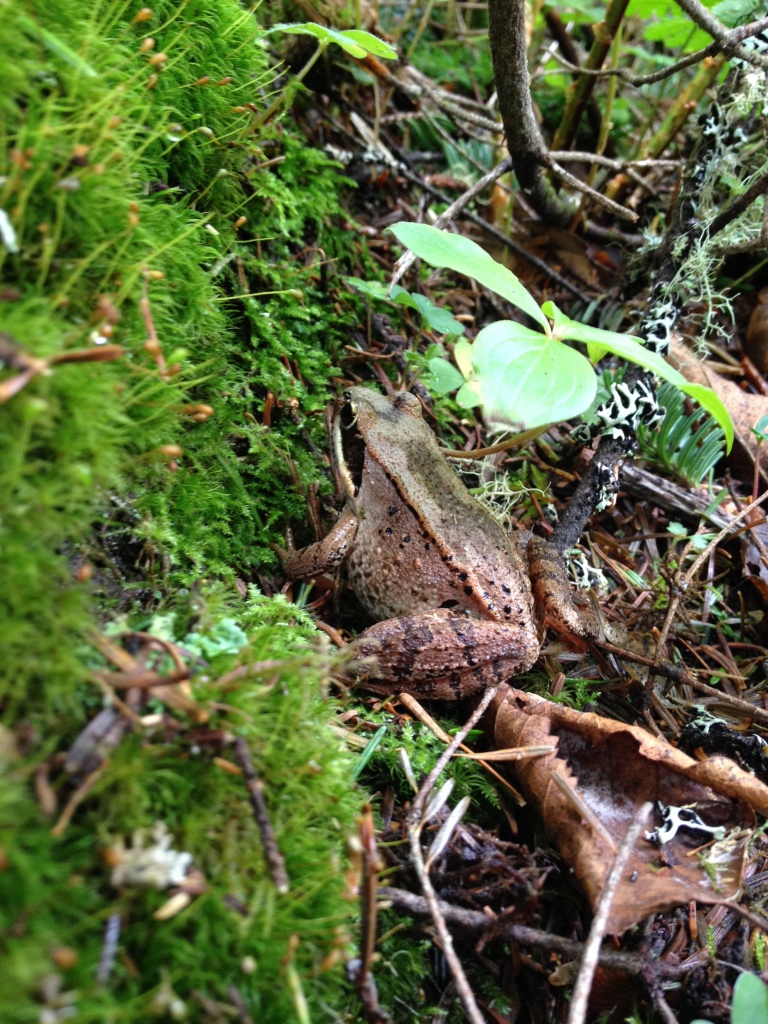
![IMG_3047[1]](https://samanthajmorin.files.wordpress.com/2015/08/img_30471.jpg?w=225&h=300)
![IMG_3049[1]](https://samanthajmorin.files.wordpress.com/2015/08/img_30491.jpg?w=225&h=300)
![IMG_3052[1]](https://samanthajmorin.files.wordpress.com/2015/08/img_30521.jpg?w=225&h=300)
![IMG_3059[1]](https://samanthajmorin.files.wordpress.com/2015/08/img_30591.jpg?w=225&h=300)
![IMG_3070[1]](https://samanthajmorin.files.wordpress.com/2015/08/img_30701.jpg?w=225&h=300)
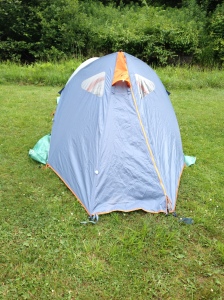
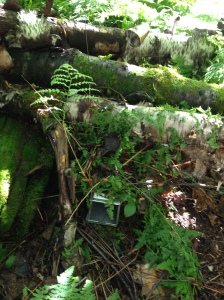
![IMG_1060[1]](https://adventurousintrovert.files.wordpress.com/2014/07/img_10601.jpg?w=225&h=300)
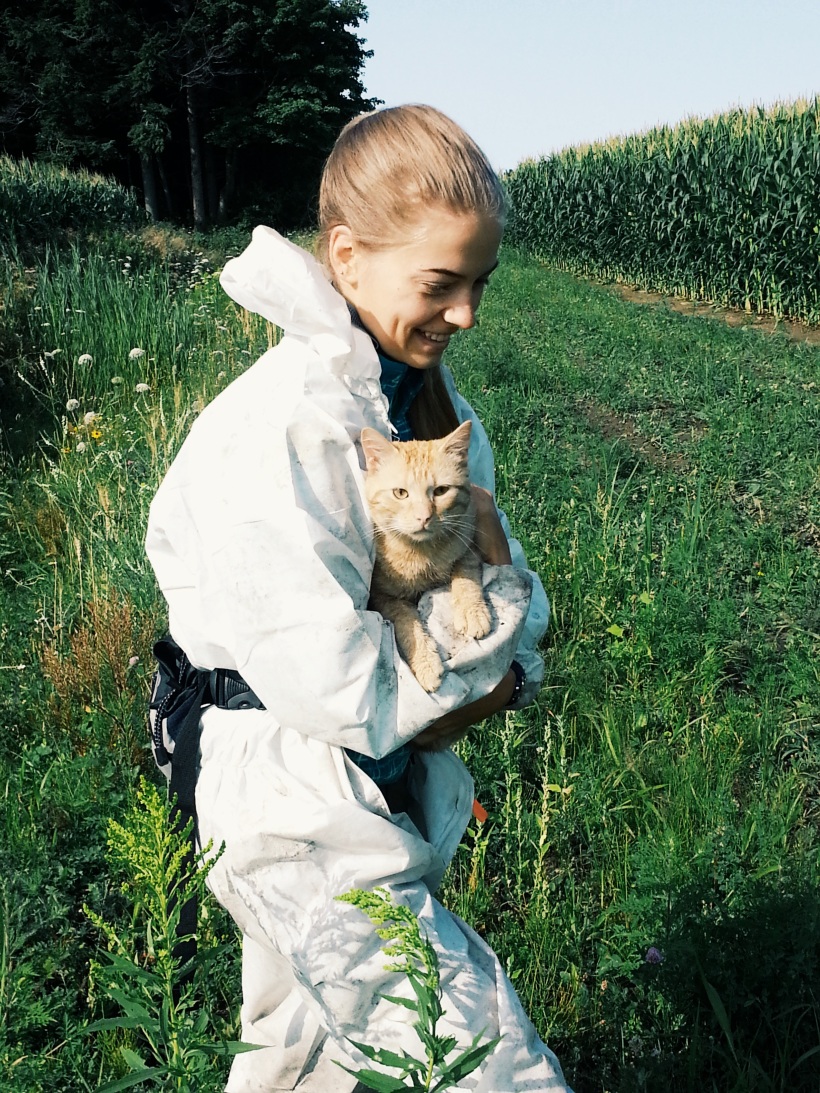
![IMG_1221[1]](https://adventurousintrovert.files.wordpress.com/2014/07/img_12211.jpg?w=820)
![IMG_1224[1]](https://adventurousintrovert.files.wordpress.com/2014/07/img_12241.jpg?w=225&h=300)
![IMG_1227[1]](https://adventurousintrovert.files.wordpress.com/2014/07/img_12271.jpg?w=225&h=300)
![IMG_1252[1]](https://adventurousintrovert.files.wordpress.com/2014/08/img_12521.jpg?w=225&h=300)
![IMG_1285[1]](https://adventurousintrovert.files.wordpress.com/2014/08/img_12851.jpg?w=820)
